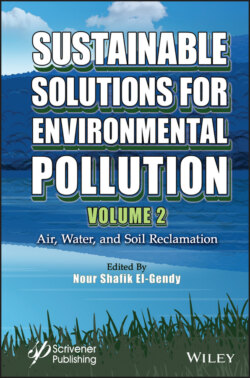Читать книгу Sustainable Solutions for Environmental Pollution, Volume 2 - Группа авторов - Страница 27
1.7.3 Various Aquatic Plants Used
ОглавлениеAquatic plants are plants whose entire life cycle is dependent on the aquatic environment (water or waterlogged soil). This category of plants includes algae, bryophytes, and some vascular plants that do not usually produce real roots because they can directly take the necessary nutrients from the water. Some of them produce rhizomes that store energy for the next season. Whether in the laboratory by hydroponic culture or in the field, various species of aquatic plants have been identified and recognized for their effectiveness in accumulating and degrading mineral and organic contaminants in water (Prasad, 2007). In order to achieve the best results in decontamination of pollutants the aquatic macrophytes should be selected upon their efficacy to accumulate dissolved nutrients, metals and other contaminants (Lu, 2009). The selected aquatic plants should be fast growing, easily to handle and to harvest (De Stefani et al., 2011). The severity of the pollution is another factor that might affect the success of a phytoremediation system. From a functional ecology point of view, a distinction is made between emergent, floating leaved, free-floating, and submerged aquatic plants. If emergent macrophytes are found in subsurface and surface-flow CWs, then the other types of macrophytes are exclusive to surface flow systems.
